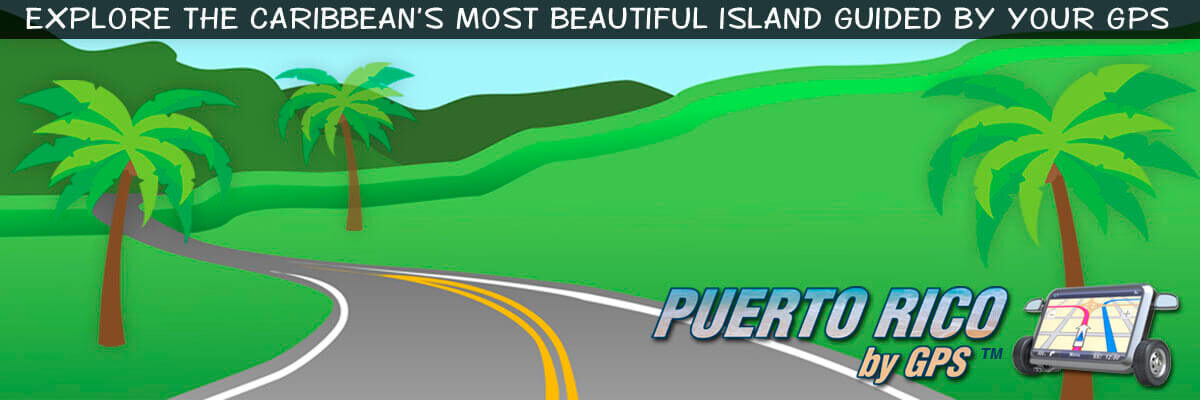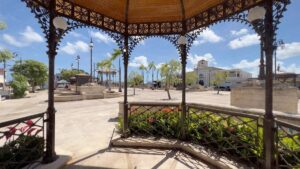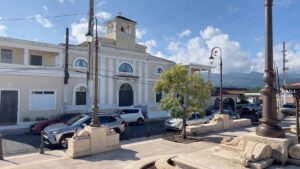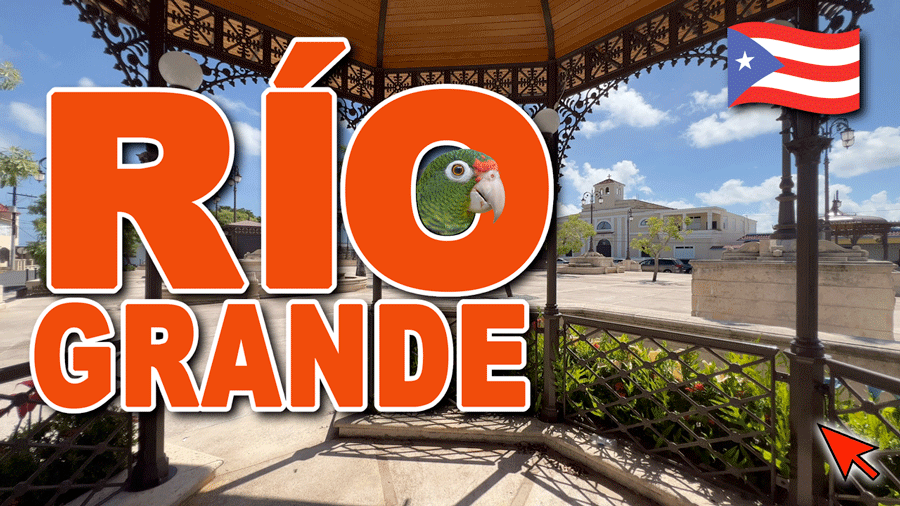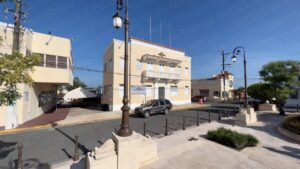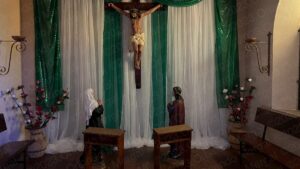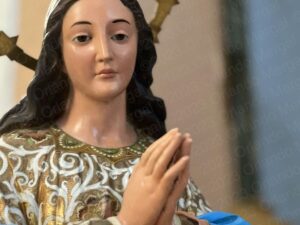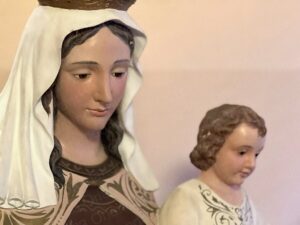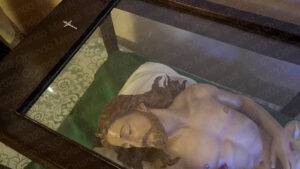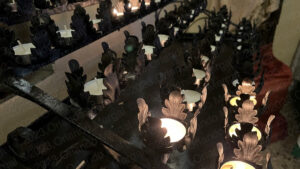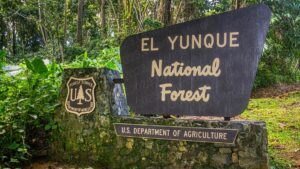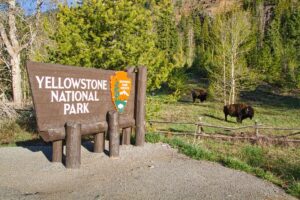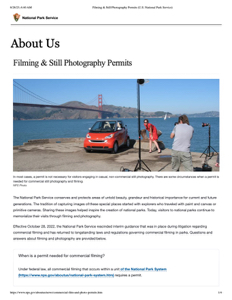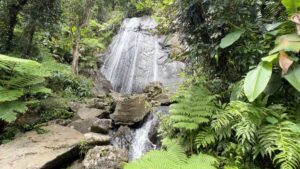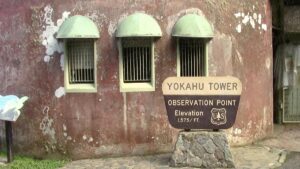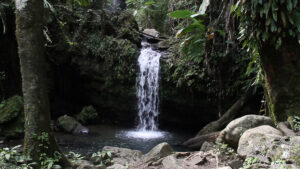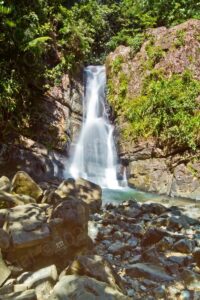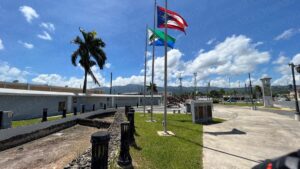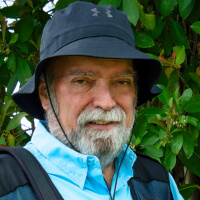Today we are going to talk about Río Grande. Río Grande Puerto Rico, that is. But before we do, let me tell you why this article is late.
August has been a complicated month for me. I started by visiting my son on the mainland to celebrate the third birthday of my youngest grandson. Little did I know that I had caught Covid-19 on the way there. Hence, what were supposed to be 8 days of fun and relaxation at my son’s house turned out to be 5 days in bed, a missed party and another week in bed back home.
Before I left I posted the Toa Baja episode and programmed it to be published on August 18. So at least I had a little leeway. But even so, I’ve been running behind to get this week’s post and video out in time.
On August 28 I finally visited the town of Río Grande. It was hot, really hot!!! In fact, that day the thermometer hit 95°F in the shade. That was the real temperature. The perceived temperature was around 108°F. We also broke the 20-year record for that day of the year.
Río Grande is a nice town and the mayor does a great job of keeping it clean and tidy. As always, we got there early, in the hopes of finding the Our Lady Of Carmen Parish (Parroquia Nuestra Señora Del Carmen) open. It was closed.
Later on I learned that it closes on Mondays. More on that in a minute.
Many of you have asked what’s my fixation with finding the different Catholic temples open. Well, here’s the reasoning behind it. Puerto Rico is a Catholic society at heart. You can argue that protestantism has made great inroads on the Island since the United States took over back in 1898, But the fact remains that Puerto Rico is essentially Catholic. We inherited that from Spain.
Puerto Rico has some of the oldest and nicest churches in the Caribbean. Visiting those churches is a tourist activity like any other. There are people that go around visiting old churches and monuments. I guess you could call them “history buffs”, or maybe the “religious buffs”. So I try to document as many churches as possible to cater to that crowd as well.
Having found the church closed, we decided to take a stroll around the main square. It’s a nice square that’s considered among the best in Puerto Rico. However, like I said in the video, I’m a sucker for flowers. It has too much concrete and too little vegetation.
I also read somewhere that in the past this square had huge trees that were apparently removed during the last remodelling back in 2008. Believe me, they’re sorely missed. Especially on 95°F days, like last Monday. It was like standing in a frying pan.
All that said, the municipality of Río Grande does a great job of keeping the square, and the town in general, spotless. Just add some plants please.
After exploring the square we decided to go by City Hall to inquire about the Church and the other points of interest in Río Grande. When we got there we met Mrs. María Sánchez, the town’s Press and Protocol Director.
She immediately called someone at the Church who said that it was always closed on Mondays. We were also told that the church interior was quite special and that we should try to come back the next day.
We spent about a half an hour with María learning about Río Grande and it’s many attractions. She told us about “La Paseadora”, a family-run boat ride along the Espíritu Santo river. I also learned that the Espíritu Santo is the only navigable river in Puerto Rico.

María Sánchez
Protocol and Press Director
I asked María about “Las Picúas” beach, because in my mind I pictured it like Vacia Talega in the neighboring town of Loíza. I wasn’t aware of the social strife that has taken place there for years between the local fishermen and the residents who have practically blocked off access to the sea (more on that in a minute).
As we left City Hall we decided to drive by “Las Picúas”. I was so uninformed about “Las Picúas” that I actually thought it was at a different location altogether. You actually get there by way of road 968, as if you were driving towards the Río Mar Country Club.
There are several large resorts in Río Grande, with golf courses, beaches and all sorts of ammenities. But the people that read Puerto Rico By GPS are the adventurous travelers. They usually stay at modest hotels and make up their trip as they go. So that’s why they’re not mentioned in this post. It’s a matter of “marketing niches”.
As you pass the large resorts you turn right at this point (18.383818, ‑65.767171) and the road becomes “Camino Las Picúas”. You can tell you’re on the right road because the potholes become larger quickly, the grass along the road is becomes taller and urban sprawl becomes more evident.
Needless to say, I was expecting one thing at “Las Picúas” and what I discovered was something totally different. Watch the video to see what this area is like.
“Las Picúas” area is yet another sad example of how lawlessness and environmental recklessness have taken over Puerto Rico. Supposedly it’s a protected area, but the “sprawl” is so bad that you can hardly see the shore.
The houses are built right on the water and in such a way that you can’t get to the shore either. It’s an endless line of connected fences that combine to form a wall between the street and the sea. This was the main reason that led to the fishermen’s uprising, because they were hardly left any access to the ocean.
In a sad attempt to comply with some sort of regulation, there are several alleys leading to the ocean. I actually followed a couple of those alleys to the end, only to find rocky barriers and stale water. I also saw houses, on both sides of those alleys, that were built to the very edge of the water. It reminded me of the Ocean Park area in San Juan, where there once were about 200 feet of sand between the waterline and the houses and now the water hits against concrete walls.
Oh, and those walls weren’t always there. They had to be built to stave off the erosion caused by climate change.
While we were there we ran into a permanent camp called “El Erizo (The Urchin) run 24/7 by the fishermen protesters. That’s where we learned about all the environmental atrocities that have taken place at “Las Picúas”.
According to Mr. José Torres and Mr. José Maldonado, the protesters manning the camp that day, they’ve had to fight tooth and nail to keep the residents from closing off the beach altogether. They also told us that none of the residents of the area actually have a deed to their properties. Instead the land was purchased as a 75 acre farm and sold as lots with only an affidavit as proof of purchase.
That’s ilegal, if not inmoral, because in the eyes of the law none of the residents are rightful owners. So how did they get water and power installed? That was Mr. Maldonado’s question.
Torres told us that Río Grande has a 14 kilometer beachfront, yet “Playa Las Picías” is the only wild one left! Think about that!
It was getting late for my “abuelo chores” (that’s picking up my grandchildren at school) so we decided to return to San Juan and complete our exploration of Río Grande the next day.
The next morning we were at Our Lady Of Carmen Parish around 9:30am. The temple was still closed, but there was a lady at the church office that let us in and turned on the lights so we could film the interior.
- Our Lady Of Carmen Parish
(click on image to see it larger)
- Our Lady Of Carmen Parish
(click on image to see it larger)
- Our Lady Of Carmen Parish
(click on image to see it larger)
- Our Lady Of Carmen Parish
(click on image to see it larger)
- Our Lady Of Carmen Parish
(click on image to see it larger)
- Our Lady Of Carmen Parish
(click on image to see it larger)
María was right. The church is wonderful.
The temple is beautiful and well kept. It’s not as old as others we’ve visited on the Island, but its absolutely wonderful in its own right. There’s a tryptic above the altar that has a virgin in the center and two cherubs on the sides. All three are the largest of their kind in Puerto Rico.
At first they don’t look so large, but remember, I said of their kind.
All three figures are carved in wood and covered in plaster. That’s what makes them the largest of their kind.
The rest of the church is also beautiful with all sorts of religious artifacts.
I am not a devote Catholic. In fact, I’m not a Catholic at all, but I am sensitive enough to recognize when a place has religious and historical significance. This church has both and it’s visually stunning to boot.
There was only one place left to visit in Río Grande and surprisingly it was the main attraction. I’m talking about El Yunque National Forest, a 29,000 acre area run by the United States Forest Service.
Many people believe that El Yunque is a National Park, but it’s not. It’s actually the only tropical rainforest in the United States, and it’s run by the U.S. Forest Service.
And here’s another piece of trivia for you. Did you know that El Yunque was a “natural preserve” well before the United States took over Puerto Rico?
That’s right! It has been a protected forest since the 19th century, when King Alfonso XII of Spain declared it “reserva de la corona”, or reserved for the Spanish Crown. That, by the way, was just four years after the founding of Yellowstone National Park in Wyoming.
El Yunque is actually one of the three most visited attractions in Puerto Rico. The other two are Fort San Felipe del Morro and Fort San Cristóbal, both in Old San Juan.
We didn’t visit el Yunque this time, although I am going to tell you all about it in this post. And there were two main reasons for this. First, I’ve been to El Yunque a thousand times, and I have a mountain of footage,. And second, because if I did –and I shot any footage–, I wouldn’t have been able to use it in my video.
Why? Well, let’s just say that the minute you pass the “El Yunque” sign your “First Amendment Rights” are curtailed. And that’s not only at “El Yunque”, by the way. It’s at any U.S. National Park.
Effective October 28, 2022, the U.S. National Park Service basically banned all YouTubers and Tik Tokers from U.S. National Park properties. They did it by reinstating and broadening laws and regulations governing commercial filming in the parks. These regulations have always existed, but they applied only to commercial crews, not the regular Joe holding a GoPro or a smartphone.
By applying these draconic rules across the board, they are effectively favoring large crews, with the budget and wherewithal to jump through all the hoops. They’re also shutting out the smaller guys like me who don’t have the means or the time to comply with all their processes.
Therefore, every inch of El Yunque footage shown in this week’s video was shot before October 28, 2022. This has forced us to leave a few areas out (because we simply didn’t have the footage) but hey, what can a guy do?
As you enter El Yunque the first thing you’ll find on your right hand side is El Portal. It’s a small museum and visitor center with an ample parking area and tropical plant exhibits. The place was recently remodelled and they did an excellent job.
A little further up the road you find “La Coca” waterfall on you right hand side. It’s an 85-foot fall with a solid black rock face that always has a thin but constant stream of water.
It’s an excellent place to make photographs, but be advised that the rocks can be slippery and that the seemingly harmless trickle of water can become a roaring current during rain events. I’ve seen it with my own eyes.
Just a little further up the road you’ll find the Yokahú Observation Tower on your left-hand side. It’s a 69-foot concrete structure, built during the early 1960’s. From there you can observe four types of forests (if you know what to look for). Those are “colorado”, “tabonuco”, “palma sierra”, and “bosque de nube”. I’m no help when it comes to vegetation, but what I can tell you is that the Island’s peasants used to say that when the “yagrumos” show the white underside of their leaves (those are the trees that grow in the “tabonuco” forest) it’s because a hurricane is coming that year.
You can also see a spectacular view from the top, that on a clear day can span most of the northeast coast of Puerto Rico.
Yet a little further up the road, on your right hand side, there’s another beautiful waterfall called Juan Diego. Most people miss it because it has a teeny weeny sign. But that’s more than what it used to have,. That’s why GPS coordinates are so helpful.
Another thing I noticed, when I visited back in September of 2022, is that they built steps and a trail leading to Juan Diego. Years ago you had to trek through the brush and follow the river. It’s a beautiful waterfall that’s well worth the short hike.
There’s yet another beautiful waterfall at El Yunque called La Mina. But that one takes a half-hour hike and the trail was destroyed during hurricane María. The last I heard is that it’s still closed and that there’s no date for reopening it.
There are several trails at El Yunque, all of which are beautiful and interesting. But, since the Forest Service has been hard at work reconstructing them after hurricane María, I can’t tell you which are available and which aren’t. Your best bet is to ask a ranger.
What I am going to tell you about the trails is this. If you do decide to walk one of the trails stick to it. Don’t venture into the wilderness. There are no major predators in Puerto Rico but people have been lost for days at El Yunque. And believe me, that’s no fun.
To leave El Yunque just take road 191 going north until you reach the little town of Palmer. Turn right on road 955, left on State Road #3 and retrace your steps back to San Juan.
As I did that I ran into a small park on the corner of Road #3 and 955R, across the street from Advance Auto Parts. It’s a beautiful park with bridges, large statues of parrots and a water feature which –I suppose– evokes the Espíritu Santo River. Once again, as in the case of the main square, they’ve done a great job but it looks barren. It needs some flowers and water. If it’s going to have a water feature, it has to have water. Right?
Río Grande is a great town with lots of things to see and do. Just the fact that it’s home to El Yunque National Forest makes it a must see destination. The few things that might have sounded like criticism should actually be taken as “improvement opportunities”.
After leaving the park I took State Road #3 back to San Juan. And talking about San Juan, if you’re planning to visit the Old City, save yourself the hassle of traditional city tours. They’re expensive and you’ll be herded along with people that won’t necessarily share your interests.
Instead, order The Old San Juan Walking Tour. It’s packed with useful information about all the main attractions, as well as every GPS coordinate and two hours of exclusive online video. That way you’ll be able to —visit before you visit— and hit the ground running when you arrive in the Old City.
See you next time!
©2023,Orlando Mergal, MA
____________________
Bilingual Content Creator, Blogger, Podcaster,
Author, Photographer and New Media Expert
Tel. 787–750-0000, Mobile 787–306-1590
